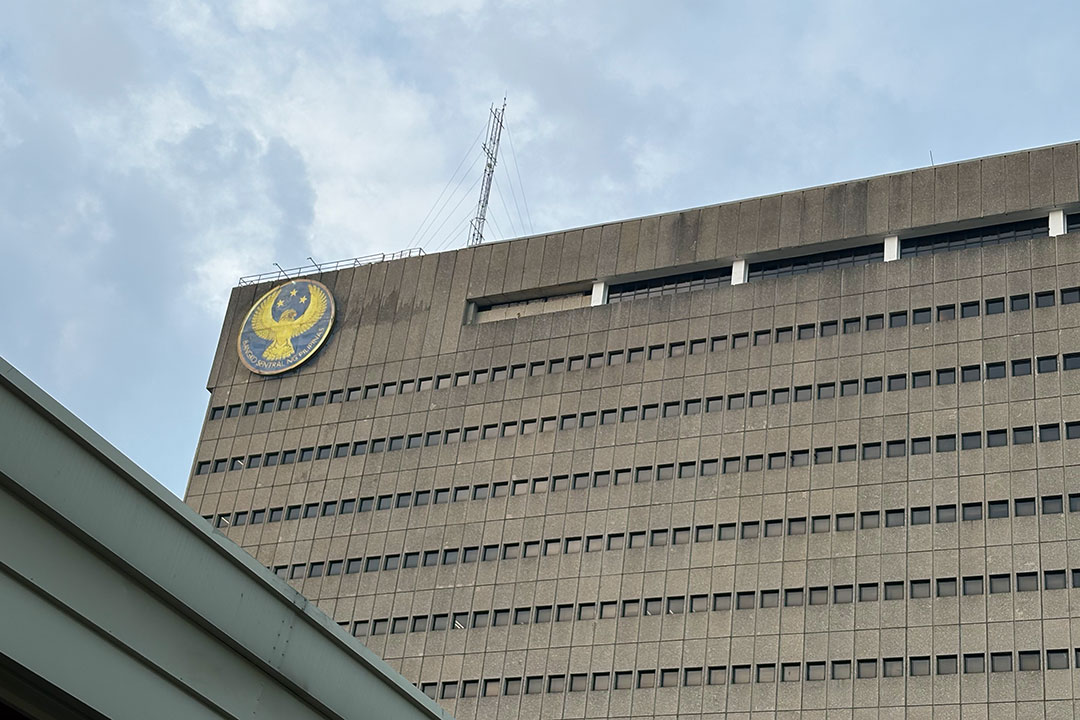
By Luisa Maria Jacinta C. Jocson, Senior Reporter
THE Bangko Sentral ng Pilipinas (BSP) could possibly deliver another rate cut later this month, its top official said on Monday.
BSP Governor Eli M. Remolona, Jr. said a rate cut is “quite likely” at the Monetary Board’s next meeting on Aug. 28.
The central bank has so far lowered borrowing costs by a total of 125 basis points (bps) since it began its easing cycle in August last year.
If the BSP lowers policy rates this month, this would mark its third straight rate cut. In June, the Monetary Board cut by 25 bps to bring the benchmark rate to 5.25%.
Mr. Remolona said they are expecting to deliver two more rate cuts this year.
“I think two is more likely than one. Two is still more likely,” he told reporters on the sidelines of the Economic Journalists Association of the Philippines Economic Forum.
However, he noted that the possibility of three rate cuts is “unlikely.”
“That would overshoot what we look at as the ‘Goldilocks’ rate, output gap. Our output gap is already small,” he said in mixed English and Filipino.
Mr. Remolona had earlier said that it would take “something very unusual” to warrant a third rate cut this year, such as a drastic slowdown in growth, which was also unlikely.
The economy grew by an annual 5.5% in the second quarter, supported by a rebound in agriculture production and faster household consumption.
For the first half, gross domestic product (GDP) growth averaged 5.4%, slower than the 6.2% a year ago. The government is targeting 5.5-6.5% GDP growth this year.
After the Aug. 28 meeting, the BSP will have two more policy meetings before the end of 2025.
Meanwhile, Mr. Remolona said inflation is still seen settling well within target this year.
“In terms of inflation, we think we’ll hit 2% in 2025,” he said.
“That’s much better than other emerging markets, they would hit 3.1%, and other advanced economies, we think will hit 3.3%. So, (the Philippines will have) lower inflation than advanced economies and emerging markets.”
Headline inflation sharply eased to a near six-year low of 0.9% in July, marking the fifth straight month that inflation settled below the central bank’s 2-4% target range.
For the first seven months of the year, inflation averaged 1.7%.
“If you look at our forecasts, we see our inflation target remaining within reach. I think we still have work to do,” Mr. Remolona said.
The BSP expects headline inflation to average 3.3% and core inflation at 3.1% in 2027.
“Both are within our target. We’re hoping we can achieve that. I think that would help stabilize the economy, support investment, support lending by our banks,” he added.
PESO PERFORMANCEMeanwhile, the BSP chief said they are not too worried about the peso’s recent performance.
“It’s not the number itself (we worry about), it’s the way the peso depreciates. If the depreciation is sharp enough over, say, two weeks, one month, that leads to inflation.”
The peso closed at P57.04 against the greenback on Monday, strengthening by seven centavos from its P57.11 finish on Friday. The peso fell to the P58-per-dollar level earlier this month amid hawkish comments from the US Federal Reserve.
“If there are swings like that, we want to dampen that, but we don’t want to remove the swing itself. We want to keep the peso at a certain level. We want to prevent it from weakening too much over a short period of time.”
Mr. Remolona said the central bank has been intervening in “small amounts.”
“We have a little bit of day-to-day intervention just to limit the volatility. We don’t want too much volatility. Volatility is bad for both imports and exports,” he said.
“Most of the time, it’s a strong dollar story rather than peso. But there are some episodes that are not like that. In the June episode, the peso depreciated but the dollar didn’t quite strengthen.”